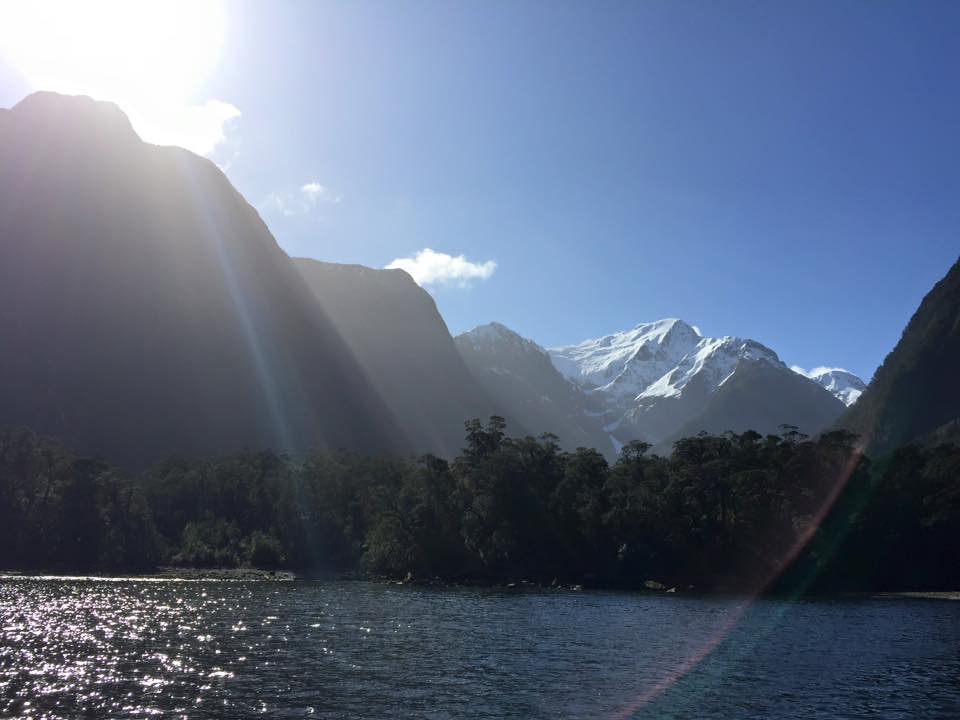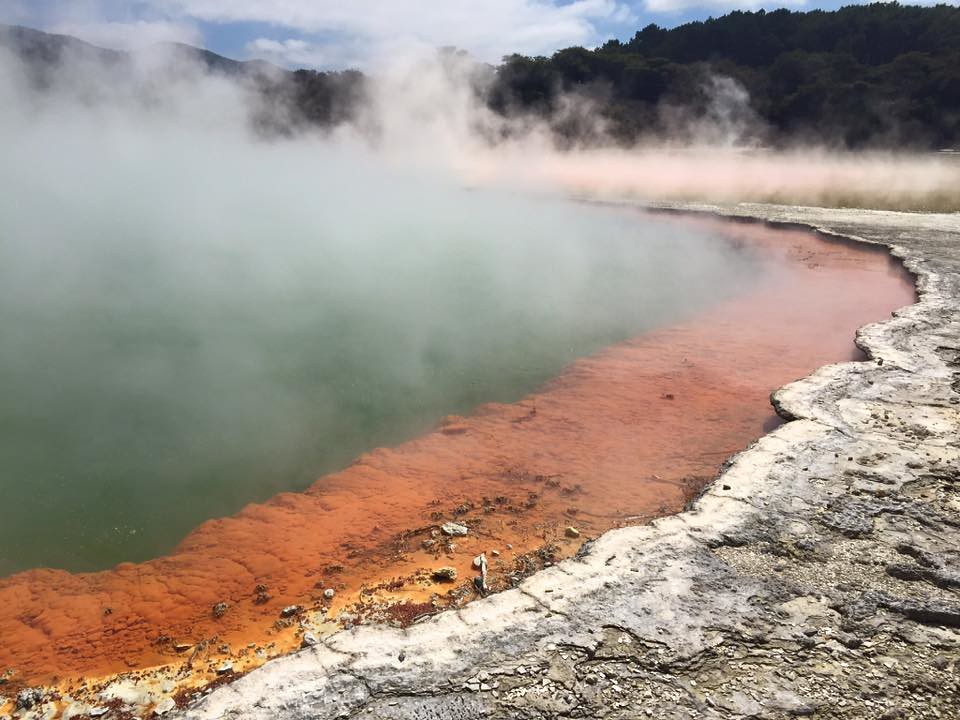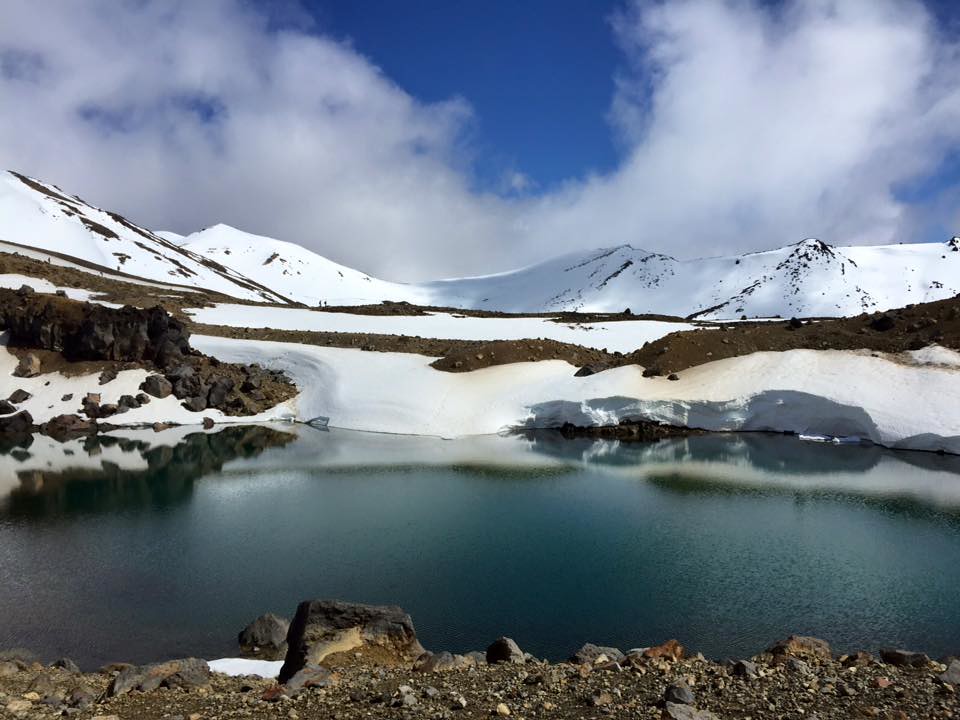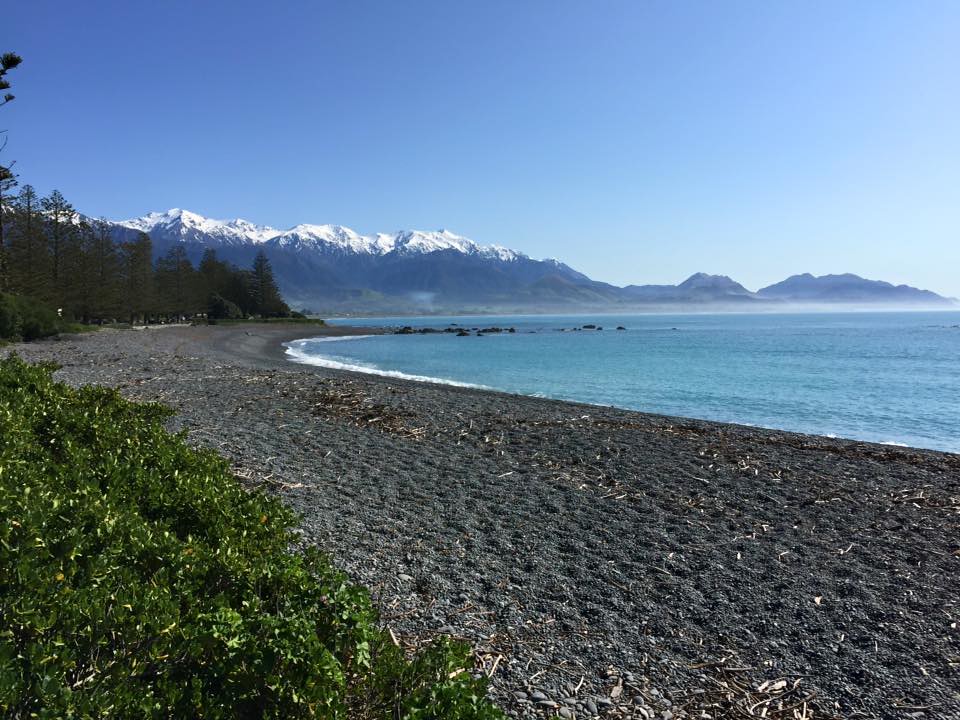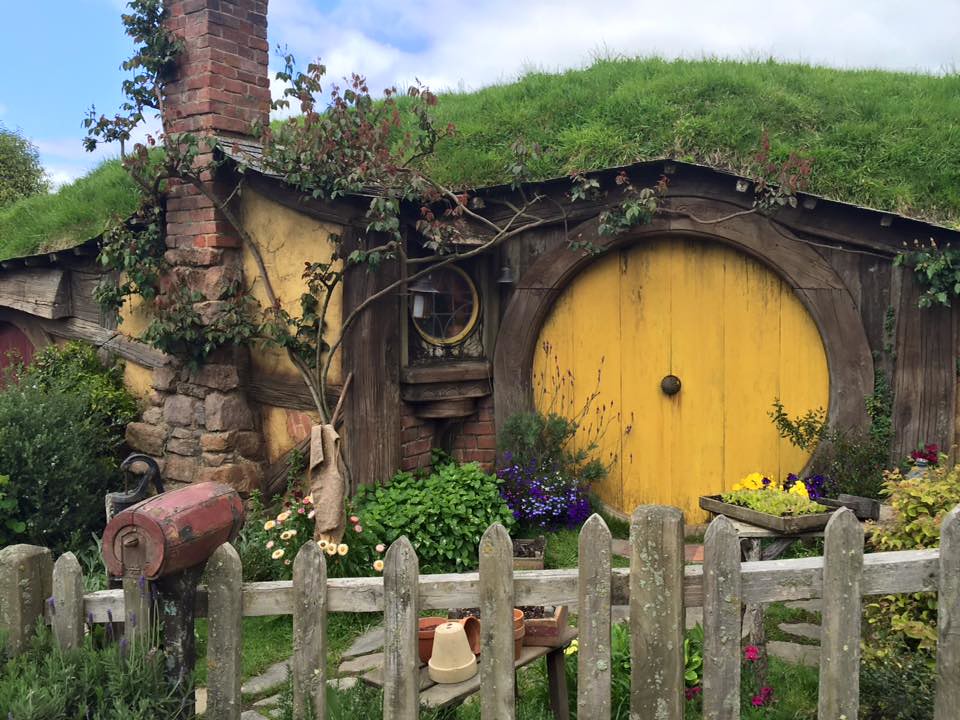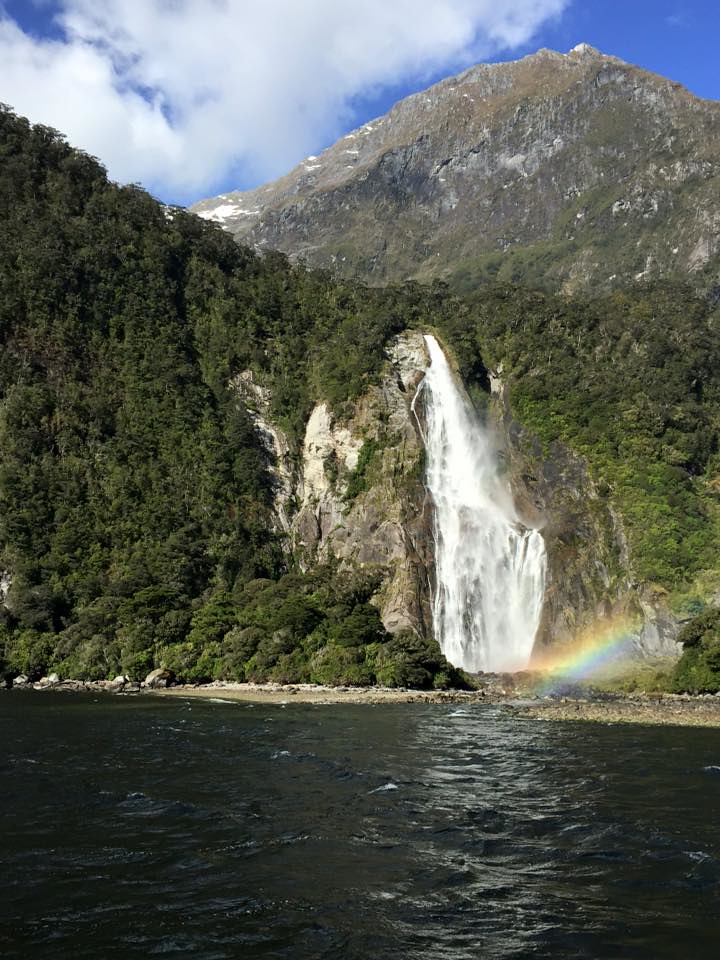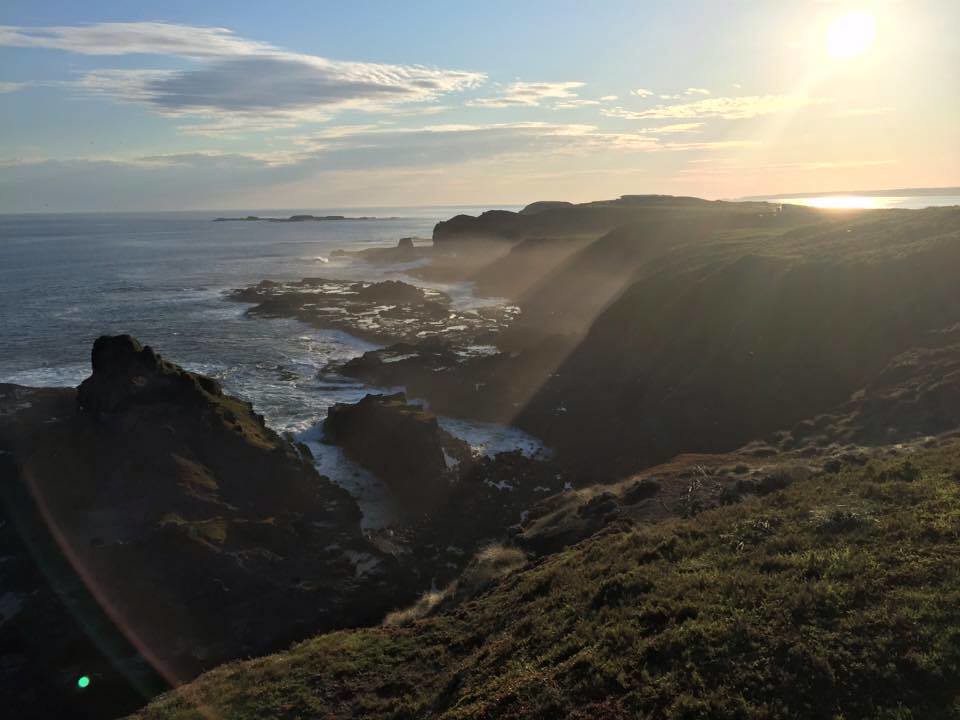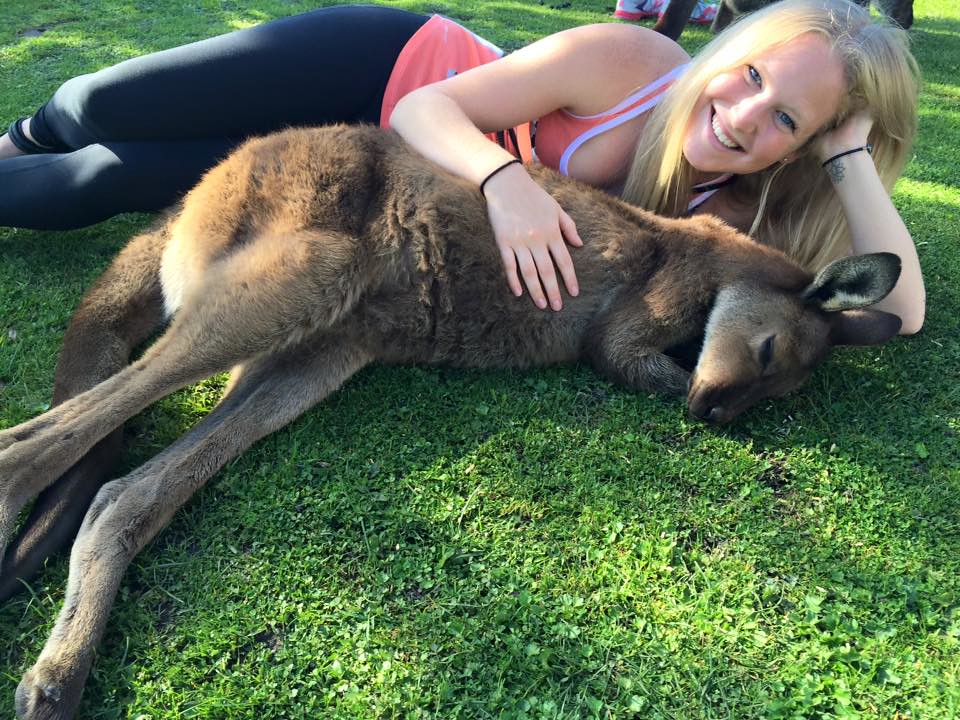Well. Things have certainly been happening. When you last heard from me, it was nearly a year ago. I was finishing my last quarter of classes and heading into total thesis writing mode. I have since presented at two conferences, successfully defended my thesis and received a M.S. diploma in Marine Resource Management from Oregon State University.
What then (you may be asking your computer) am I doing still writing a blog for Sea Grant?
It turns out that Sea Grant will support us even after we graduate through different fellowships and I was one of four fortunate ladies from Oregon State to be selected for the Knauss Marine Policy Fellowship. The fellowship is for graduate students (and recently graduated graduate students) who are interested in marine, coastal, and aquatic resources and the national policies surrounding them. This fellowship places these students with a host institution in the legislative or executive government in Washington, D.C. to learn all that they can in one year. So now I am hosted by NOAA Fisheries in their Office of Science and Technology and I work on protected resources topics (think whales, dolphins, sea turtles, corals). We also get to take advantage of being in Washington, D.C. to attend hearings on the hill, special talks and events, and their associated receptions. Never having researched any of these things nor attended any events like the ones here, I have a lot to learn. That said, I am confident I have the adaptable mindset that will allow me to keep up with the crowd while I am here.
So. The fellowship began February 1 and I have already done so many things that I could write an individual blog about but time has gotten away from me. So rather than write a detailed blog about each one and fall further behind, I will catch you up with a top ten list of the last month and a half. (Note: my top ten lists rarely reach or stop at 10, nor do they reflect any order of prioritization). That said, I do want to start with the by-far coolest thing I’ve done so far and that is….
Go to Peru!!!
That’s right, I went to Peru as part of my fellowship. How? Let me back up. Each fellow prepares a “professional development plan” with support of their host. I was discussing mine with my host and said I want to go to two conferences but was flexible as to which. She suggested I go to the International Sea Turtle Society Symposium on Sea Turtle Biology and Conservation for a crash course in sea turtle biology and conservation (what else?). We looked it up, saw that it was in 10 days, in Lima, Peru and we began turning the wheels to make that travel happen. And it did! And I will use this forum to again thank Oregon Sea Grant for putting in the rush order on approval for the expense. I had been in Peru in a tourist, professional capacity before (see blog about it here if you’re interested), and personal capacity before but never for science! And I had been to conferences before but never with the diversity of attendees I saw at this conference. My previous conferences had been mainly academic researchers talking about many different topics. Here the topic was sea turtles but academic researchers, federal, state officials, conservation groups, and private companies were talking about it. How neat is that? I learned about the techniques of sea turtle research, its limits, costs, and outcomes, the current conservation status and activities in different places, and about different citizen science and development activities happening all over the world. Sea turtle biology and conservation is a new field for me, but if these are the other people who are doing it, I could see myself getting into it. The conference was a sharing of knowledge of beloved critters and a family reunion of the researchers.
So that was definitely the best part of the last 7 weeks but before this blog gets too long, on to the top ten list of the first 7 weeks of the Knauss Fellowship.
- Move in – If you recall, there was a giant snow storm that hit the east coast at the end of January. Shortly after that snowstorm hit, I moved in to my little basement apartment. My dad and I had been on the road for four days when we stopped in sweet home Chicago to let the storm wear itself out. I also got to eat my fill of home cooking before getting the all clear from friends on the ground in DC to come ahead. The storm was over. But the flurry of activity was about to begin.
- Orientation – My fellow Knaussians may complain about an orientation but I think we would all recognize it as a necessity. After just one overwhelming day in our offices on our own, we were reunited with each other to get an overview of national Sea Grant and a 101 on how to work for the federal government and get everything we can out of this fellowship. I appreciated it for the reunion of my fellow fellows with whom we had bonded so well during placement week. Let me know if you want more information on placement week.
- NOAA Open House – Just one week after “working” at NOAA, I volunteered to help with NOAA’s outreach event where they open the doors to the federal building and host exhibits for the public to come and learn about what NOAA does. I spent two hours helping kids test their PVC, frisbee, and zip tie buoys by placing them in a pool of water and loading them down with “scientific instruments” (golf balls). I think the record was 170! Then I spent another two hours talking with passersby about marine debris. In the down time I wandered and learned more about NOAA for myself. The day ended with a stop in the hurricane simulator and a free t-shirt.
- Meeting alphabet overload – The first week or two I followed my hosts around to their meetings and took extensive notes. Later, I would look up the acronyms online and try to figure out what I had just listened to. In one wonderful meeting where I met everyone in our division and heard what they were up to, the boss stopped every person mid-reporting to tell me the meaning of the acronym they had just used. It’s safe to say this office has had fellows before and is looking out for us as we navigate the year. Allies found!
- Hill experience – I have gotten this in a few ways so far. First, I have gone to a few receptions held in Senate buildings. These were a great introduction to the grandeur that one experiences while looking around the Senate buildings. Let’s just say there’s a lot of marble. Then, I was glad to be invited to accompany Oregon Sea Grant director, Shelby Walker, and Fellowship Program Leader, Sarah Kolesar, to visit staffers of two Oregon congress-folk to talk about Sea Grant and how great it is. I had never been in a senator’s or a representative’s office before and you could say it was like most other offices. But! There were Oregon things everywhere! There was even a square of the PDX carpet in both offices! And when you peered into the offices of other state representatives, you could see that they had decked their offices out to represent their states as well. Alaska has a bear pelt on the wall! The third way I’ve gotten to the hill so far is to attend a house committee hearing on the NOAA budget. Never having gone to a hearing before, I took in the rules of conduct for these meetings, where people sat, the formality with which representatives and witnesses addressed each other, and the flow of the meeting. I learned much more by being in the room than I had by watching a live stream a couple of weeks before.
- Continuing with thesis sharing – Last week I joined two PIs from OSU to share my thesis research at the National Science Foundation building via a poster. The fellowship affords the flexibility to continue to work on my graduate school projects. This meant I could share my results with NSF in this forum and that I can work on publishing. And this is good, because if they didn’t allow me the time, I don’t know when I would get it done.
- Over-caffeination – They way to get to know people is to go get coffee. So I’ve been doing a lot of that. So I’ve been drinking a lot of coffee. And I know what you’re thinking – Laura, just order something without caffeine. -To which I respond – coffee tastes good and even the decaf version has a little bit of caffeine so you can’t truly escape it. But it’s worth it because through these coffee trips, I’ve gotten to know the people around me and begun to build my community.
- Trivia – speaking of building the community. You put one little fact about you in your blurb like “I like pub trivia” and you’ve got people in the office inviting you to come out to play at various places around town. If it’s not coming through that my office is making me feel welcome yet, I should put in more bullet points.
- Brunch – DC loves brunch. I had brunch three Sundays in a row when I moved here. I love brunch. But even I have my limits of how often I can go out to eat it…and how long I will wait for a table to have it. I guess that’s what living in a city means.
- Enviro-Run – There is always something to do in this town and one of these things combines two of my favorite things – running and environmental studies. One night, I joined a group of folks for a four mile run on the mall, past the White House, Washington Monument, Korean War Memorial, and Lincoln Memorial. We then met in the upstairs room of a bar called the Science Club and talked about habitat restoration with a NOAA official. How neat is that?
- Star struck – OK, so not actually movie or rock stars but seeing some big names in marine resource science, management, and policy. And it’s kind of weird seeing people who’s names you’ve read on important federal documents or press releases or studies. I haven’t had time to fully digest this yet, but it’s on my radar.
- True spring – I know the weather in Oregon is wonderful. I’m not being sarcastic – I do love it. But being here as we head into spring reminds me of what spring actually is and makes me think that I missed it without me even realizing it. The temperature will swing from 35 one day to 80 the next. I biked in shorts and a tank top yesterday but on Sunday they are forecasting snow! And as the weather warms, the deciduous trees trees begin to come back and flower. The dramatic shift from bare to blooming is inspiring and beautiful.
OK, so it was a top 12 list with one extra. For a first post on the Knauss, I think this is awfully true to how the first weeks have been – a whirlwind of activities with little time to process and reflect. You can probably already tell that this fellowship will be full of experiences. I hope to share them with you more completely and thoughtfully in the months to come.

